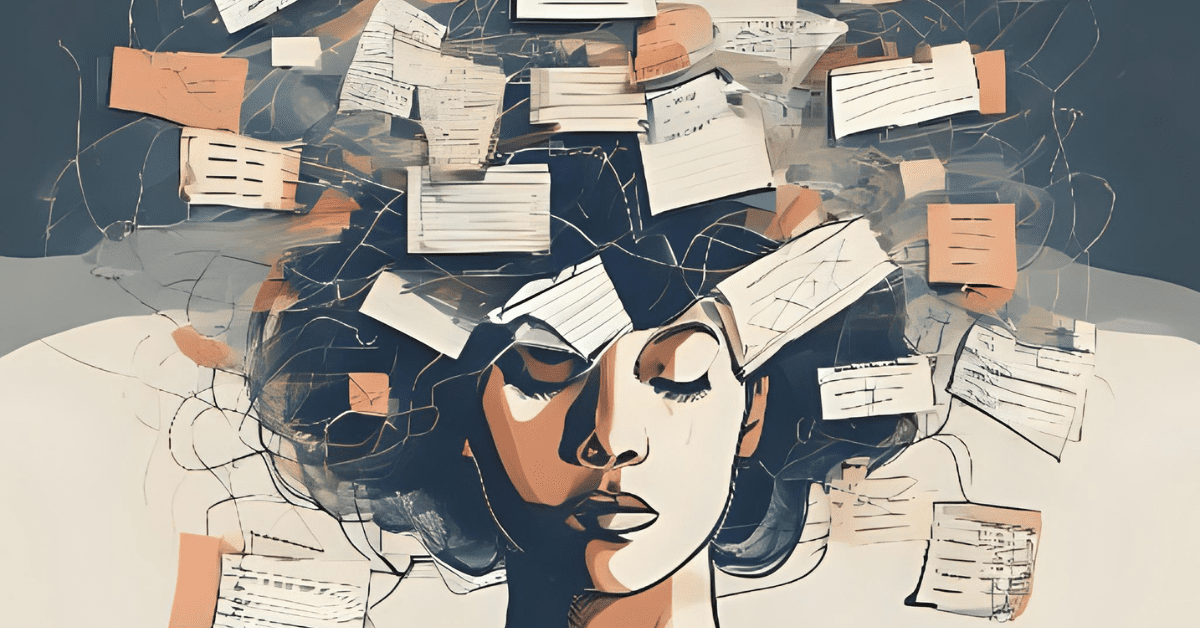It’s the thing no one prepared you for: the constant miscommunication, the forgotten tasks, and the rollercoaster of focus and distraction. For some families, the missing piece isn’t a lack of effort, it’s undiagnosed or poorly managed ADHD in one or both adults in the home.
This blog is a deep dive into what adult ADHD actually is, how it affects daily life (especially in a family setting), and what you can do to manage it, from an OT-informed, practical perspective.
What is Adult ADHD?
Attention-Deficit/Hyperactivity Disorder (ADHD) is a neurodevelopmental condition often diagnosed in childhood, but many adults are either undiagnosed or misdiagnosed. ADDitude Magazine offers a helpful breakdown of ADHD symptoms in adults . For some, symptoms persist lifelong. For others, they intensify during high-stress seasons of life, like early parenting.
In adults, ADHD often looks different than it does in children. Instead of “bouncing off the walls,” adults may:
- Struggle with time management
- Jump between tasks without finishing them
- Have difficulty organizing thoughts or environments
- Experience frequent forgetfulness
- Become easily overwhelmed by daily routines
- Struggle with emotional regulation (anger, anxiety, mood swings)
In the context of family life, these symptoms can wreak havoc: bills go unpaid, chores become overwhelming, and communication suffers. The result? Strained marriages, frustrated parenting, and a sense of failure that shadows even the most loving individuals. → Learn more about how your emotional regulation shapes your child’s development here.
What Causes ADHD?
ADHD is believed to be a result of neurological differences in brain structure and function, particularly in the prefrontal cortex. It has a strong genetic component and often runs in families.
The ADHD brain tends to have lower dopamine activity, contributing to challenges with motivation, reward response, and sustained attention. → Visit the CDC’s ADHD facts page for a breakdown of causes and current research.
What Makes ADHD Worse:
- Chronic stress or trauma
- Poor sleep habits
- Overwhelming environments
- Lack of structure or routine
- Overuse of screens and digital media
- Unaddressed sensory processing challenges
- High-sugar, low-protein diets
Why It Gets Worse with Parenthood
Parenting is a high-demand role that requires multitasking, planning, flexibility, and consistent follow-through (all executive functioning skills typically impaired in individuals with ADHD). For a parent with undiagnosed or unsupported ADHD, even basic routines can feel like juggling fire.
Throw in the constant interruptions, emotional demands, and sleep deprivation of raising children, and it’s no surprise that many adults begin to experience worsening symptoms once they become parents.
What ADHD Looks Like in a Parent or Partner
- Struggling to complete tasks they started (laundry half-done, projects abandoned)
- Forgetting appointments or conversations
- Feeling mentally “cluttered” and disorganized
- Difficulty switching from work mode to family mode
- Emotional dysregulation — short temper, overreaction, shutdowns
- Hyper fixation on hobbies or tasks while ignoring others
- Procrastination followed by bursts of chaotic energy
For the other partner, it can feel like you’re carrying the mental load alone, making all the plans, remembering everything for everyone, and tiptoeing around unpredictability.
It’s not laziness. It’s neurological.
The Occupational Therapy (OT) Perspective
Occupational therapy offers a hopeful, holistic lens to managing ADHD. While medication can be helpful for some, OT looks at how environment, routines, sensory processing, and internal regulation all play a role.
Here are 6 strategies from an OT-informed approach:
- Establish External Structure: Use planners, phone alarms, visual checklists, and labeled storage to minimize executive function strain.
- Break Tasks into Steps: Instead of “clean the kitchen,” try “load dishwasher,” then “wipe counters,” etc.
- Anchor to Routines: Tie tasks to habits already in place (e.g., take vitamins after brushing teeth).
- Use Body Doubling: Complete tasks while someone else is present (physically or virtually).
- Prioritize Sleep & Movement: Both are essential for emotional regulation and attention.
- Sensory Tools: Some adults benefit from movement breaks, white noise, or fidget tools to help regulate during tasks.
These aren’t “hacks”, they’re accommodations. Just like a ramp helps someone with mobility issues, structure helps someone with executive function challenges.
When You’re Parenting with ADHD
Whether it’s you, your partner, or both, parenting with ADHD is a challenge. You’re trying to manage your child’s needs while struggling to manage your own brain’s bandwidth. This is where grace, strategy, and simplicity become non-negotiables.
Here’s what helps:
- Pick a routine and stick to it. Predictability is medicine for ADHD brains.
- Keep systems simple: One basket for shoes, one calendar, one inbox.
- Lower the stimulation. Fewer toys, calmer environments, gentle transitions.
- Get support. That might mean therapy, meds, coaching, or simply asking for help from your spouse.
When the Whole Family Is Affected
ADHD doesn’t just affect the individual; it shapes the dynamic of the entire household. Spouses often pick up the slack, unintentionally shifting the load and building resentment. Children may receive inconsistent responses, missed cues, or heightened emotional energy from their parent.
Here’s the good news: when ADHD is understood, named, and supported, the entire family benefits.
Therapy, structure, and grace can work together. Progress happens one step at a time, and it begins with awareness.
Why It Matters
Unmanaged ADHD in adulthood can quietly strain marriages, disrupt routines, and create confusion for children. With the right support, it has the potential to become a strength.
Many adults with ADHD are creative, high-energy, empathetic, and resourceful. Managing the challenges allows those strengths to come forward.
Stay tuned for a follow-up blog focused on how ADHD in boys often goes misunderstood, medicated too early, and how that affects their trajectory into adulthood, especially as partners and fathers.
You’re not alone, and it’s not too late to build better systems.
Follow @forgedbygrace for more strategies, insights, and tools to help you build a calmer, more intentional home.
→ For more support, visit CHADD — a national resource for adults living with ADHD.

View comments
+ Leave a comment